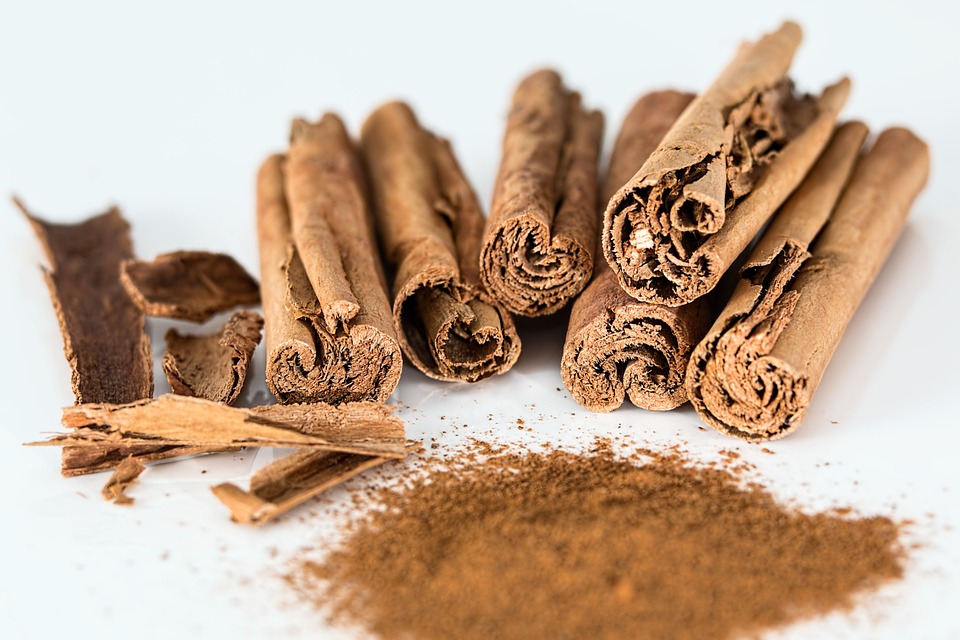
Cinnamon is obtained from the inner bark of trees from the genus Cinnamomum. The most common use of this spice is to add flavor to various foods. Perhaps lesser known, is that cinnamon sticks which can be purchased in any grocery store, can also be brewed to make a tea. Just simply add boiling water to the cinnamon sticks in a press or pot, and let it sit until the brew is cooled. Allowing for the tea to cool allows for maximum extraction of cinnamon compounds. It's delicious, full-bodied, and tastes as you would expect it to.
Interestingly, a study has recently been published in the journal Neuroimmune Pharmacology, which demonstrates that poor learning rats fed cinnamon become good learning rats via a really cool neurological mechanism. Hannah Nichols from Medical News Today has covered the story, and Kalipada Pahan from Rush College was the lead researcher on the project.
When cinnamon is processed in the body, it produces a metabolite called sodium benzoate which can act on the hippocampus. The hippocampus is a c-shaped structure resembling a rams horns located centrally in our brains. Some of its functions include memory formation, organization and storage. Sodium benzoate, according to this study, can somehow increase plasticity-related molecules in the hippocampus (meaning it can facilitate change and adaptation). The researchers were also able to show an increase in dendritic density in cultured hippocampus neuron cells, meaning these neurons got a boost in the amount of connections they could form with other neurons.
"We have successfully used cinnamon to reverse biochemical, cellular and anatomical changes that occur in the brains of mice with poor learning," says Pahan.”
Ultimately, feeding rats cinnamon altered proteins leading to improved learning. This was accomplished by increasing good proteins (CREBB) and decreasing bad ones (GABRA5). The experiment involved training rats (for two days) to find target holes in a maze. Rats which were naturally poor learners improved their ability of finding target holes, while rats who were naturally good learners were not changed.
Sources
- Medicalnewstoday.com. Cinnamon: Could This Popular Spice Make Us Better Learners?
- Pubmed.gov. Cinnamon Converts Poor Learning Mice to Good Learners: Implications for Memory Improvement
Dan Manson is a dual degree student at The Ohio State University and an ACE certified personal trainer. He has completed his biochemistry degree and is finishing his second degree in human nutrition/dietetics. Prior to his experience at OSU, Dan successfully completed three quarters of the Doctor of Physical Therapy (DPT) program at Ohio University. He made the change in career paths based on his very strong interest in the sciences, and the impact he strives to make on others in the area of nutrition. Special hobbies and interests include: diabetes, cancer, metabolism, nutrition, coffee, tea, wine, exercise training physiology.








